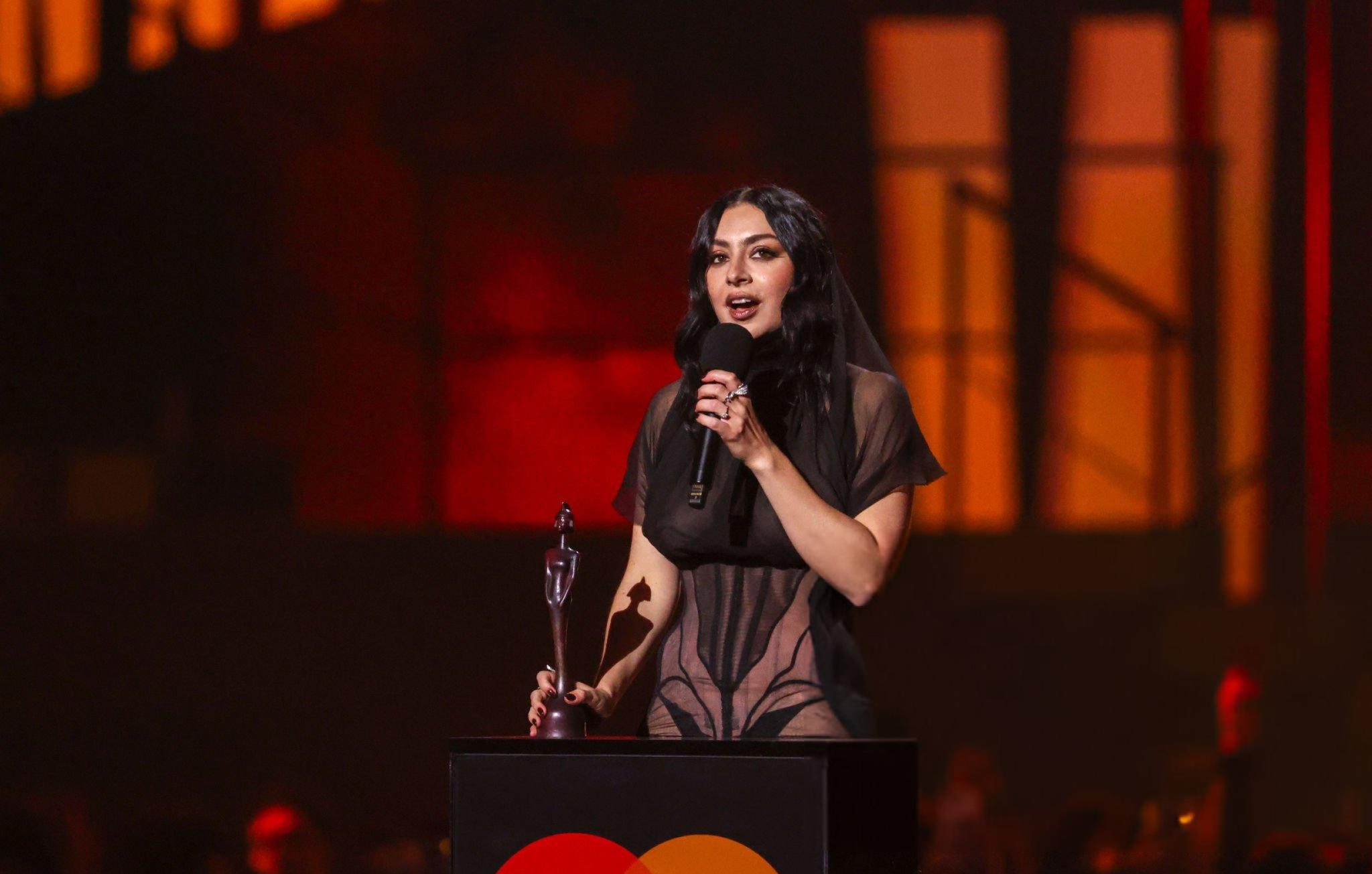When Charli XCX stepped up to accept her Brit Award last month, she did so in style – and in protest. Her dress, bold and unapologetically revealing, sparked ire at ITV. “I heard that ITV were complaining about my nipples,” she quipped. “I feel like we’re in the era of free the nipple though, right?”
Apparently not. A new survey by YouGov revealed only 36 per cent of Britons support outfits like Charli’s at red carpet events. Meanwhile, a disheartening 55 per cent find such sartorial choices unacceptable, with 10 per cent choosing to keep their opinions safely tucked away.
It’s baffling that in 2025, the mere sight of female nipples can still spark such discomfort. On the red carpet, where fashion is meant to push boundaries and turn heads, we’ve seen it all – from Katy Perry dressed as a hamburger at the Met Gala to Lady Gaga’s infamous raw meat ensemble. Even Bianca Censori’s practically nonexistent Grammys outfit caused less uproar in some circles than a visible pair of areolas.
Why, then, do nipples remain so controversial?
The issue lies in cultural conditioning. Nipples – at least female ones – are often seen as inherently sexual or inappropriate. Yet they are just anatomical features, no different from elbows or knees. The fixation on keeping them hidden reveals more about societal hang-ups than it does about modesty or decency.
The younger generations, especially Gen Z, are already rewriting the rules. Amongst women in this group, bralessness is often the norm. Not out of rebellion, but out of practicality and comfort. Padded bras and underwires feel increasingly archaic – uncomfortable tools of a bygone era dictated by the male gaze.
Admittedly, not everyone can go without. For many larger-breasted women, going braless simply isn’t practical. But among those who can, a shared sentiment prevails: freedom. Still, even those who embrace the bra-free lifestyle must consider the social repercussions. The occasional sideways glance, the suggestive stares, the sense that you’re being seen — not as a person, but as a pair of protruding points.
Let’s face it, if male nipples can grace our beaches, billboards, and fitness ads without controversy, then female ones should too. If a man’s visible bulge in his trousers doesn’t provoke public debate, why should a woman’s cold-weather-induced nipple be policed? We don’t tell men to wear padded boxers or wrap scarves around their groins.
The real problem isn’t the visibility of nipples. It’s the way we’ve been taught to view them. Society still draws arbitrary lines around what’s deemed ‘appropriate’ for women’s bodies — lines that reinforce inequality, shame, and outdated ideals.
Charli XCX didn’t just wear a daring dress. She made a statement — perhaps unknowingly — about the double standards and continued sexualisation of the female body. Her choice should be celebrated, not censured.
Until we stop reacting to nipples with outrage or embarrassment, we’re not truly free. And maybe it’s time more people pushed back, one outfit at a time. The more we normalise it, the less power it has to scandalise.
So, no — we’re not in the era of free the nipple. Not yet. But we could be. And maybe when a woman can walk out of an office lift without being ogled like a character from Lord of the Rings, we’ll know we’ve arrived.






